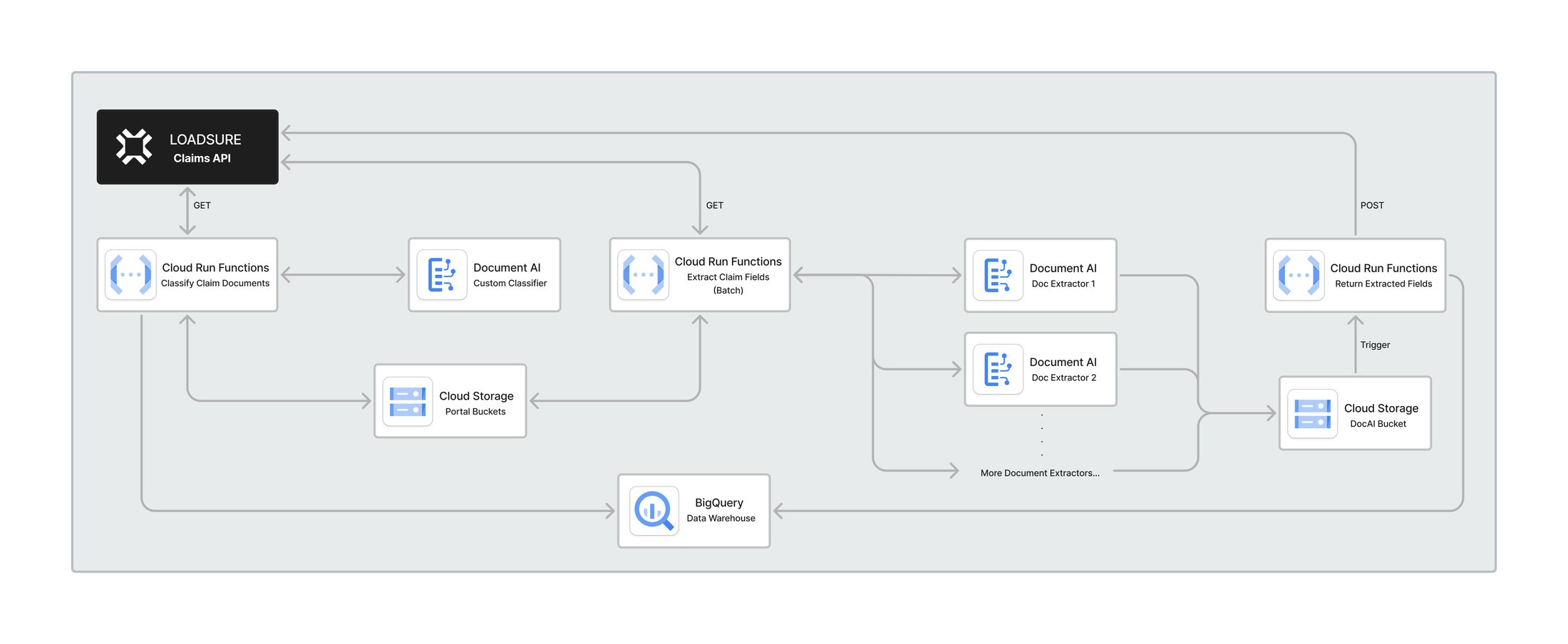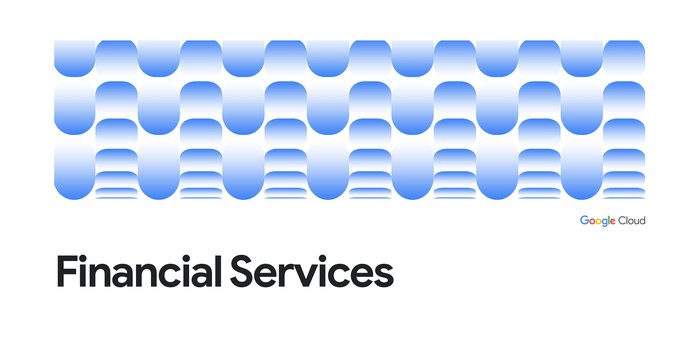Can AI eliminate manual processing for insurance claims? Loadsure built a solution to find out
Maria Alonso Garcia
Customer Engineer
Prathap Chandran
EVP of Data, Loadsure
Traditionally, insurance claims processing has been a labor-intensive and time-consuming process, often involving manual verification of documents and data entry. This can lead to delays in claim settlements and a frustrating experience for policyholders.
Loadsure, a global Insurtech firm based in London, recognized the need to address these challenges and sought a solution that would enable them to process claims more efficiently and accurately.
“Loadsure was built to protect businesses and communities — filing a claim is a critical moment for companies, especially for small and medium ones,” explains Justin Murphy, Loadsure’s director of claims. “Our technology must deliver a frictionless claims process with a focus on transparency, promptness and customer satisfaction.”
Loadsure was launched in 2018 with the vision of using technology to streamline and enhance as much of the insurance process as possible for global shipping and logistics. It holds the distinction of being the first data-driven Insurtech company registered as a managing general agent and Lloyd’s coverholder, according to the firm.
With its revolutionary “Holistic Freight Protection” approach, which harnesses real-time data and human-centric tech, Loadsure empowers the freight community to make informed decisions about exposure and cost-effectively protect their businesses from loss with a portfolio of digital insurance products and near real-time claims processing.
Loadsure’s CEO and founder, Johnny McCord, understands how time is always of the essence in insurance, and any processes that can speed that can pay off for everyone: “We are all about delivering value to the freight community, which is the principle of insurance and risk management in general.”
In this article we’ll explore how Loadsure leveraged Google Cloud’s generative AI and Document AI technology to automate claim management — and how other businesses can draw valuable lessons from Loadsure's innovative approach to automation.
The solution: Extracting information in the blink of an AI
Manually verifying claims submission documents is an avoidable bottleneck in an important process. Loadsure was looking for an effective OCR (Optical Character Recognition) solution that delivered accurate results to optimize the experience for its customers — enabling claims to be settled in near real-time.
Loadsure partnered with Google Cloud to develop an AI-powered claims verification system. By leveraging Google Cloud's Document AI, Loadsure was able to automate the extraction of relevant data from various claim documents, such as bills of lading, invoices, and shipping documents.
How we did it
Google Cloud's platform provided a user-friendly interface and tools purpose-built for rapid prototyping and experimentation. Loadsure was able to seamlessly test different workflows using generative AI models and various Document AI processors.
This iterative approach, facilitated by the platform's ease of use, enabled them to quickly compare results and identify the optimal solution for their specific needs.
“Using the labeling tool in Document AI significantly enhanced our collaboration with the domain specialists,” Estefany Montoya, the data team lead at Loadsure, said. "The tool made it simple to involve them, ensuring high-quality, consistent labels. Additionally, uptraining new models was remarkably quick and easy. The UI allowed us to monitor key metrics seamlessly, and by utilizing pre-trained processors for domain-specific documents, we were able to achieve high F1 scores with minimal adjustments.”
Loadsure’s Claim Automation is based on two key pillars: classification of documents and using different document extractors per document type, leading to more than 95% extraction confidence scores.


After the successful use of Google's AI tools, Loadsure expanded these technologies to other business workflows.
One use case involved document processing and entity extraction, similar to the claims process. However, due to the complexity of the problem and the variability in document types, Gemini AI proved to be the best solution for this particular case, showing greater contextual comprehension and providing more flexibility, especially when dealing with a variety of inputs.
Impact and what’s next
This automated process has brought significant benefits:
-
Faster Processing Time: Loadsure's AI-powered claims verification system has significantly reduced processing times — what typically took between 30 and 60 minutes per claim is now achieved in near real-time. This has enabled Loadsure to settle claims faster, providing policyholders with quicker access to funds and improving their overall experience.
-
Increased Accuracy: By automating data extraction and verification, Loadsure has minimized the risk of human error, leading to greater accuracy in claims processing. This ensures that policyholders receive the correct settlement amounts and reduces the potential for disputes.
-
Improved Customer Satisfaction: Loadsure's AI-powered claims verification system has not only improved processing speed and accuracy but also enhanced customer satisfaction. Policyholders can now experience a seamless and efficient claims process, leading to greater trust and loyalty towards Loadsure.
The Loadsure and Google Cloud team are now exploring how to bring this and other generative AI technology to other insurance flows, like underwriting and pricing.
If you are interested in learning more about generative AI on Google Cloud, you can find more about the products here. We invite you to explore our services and see how they might help you automate your processes.


